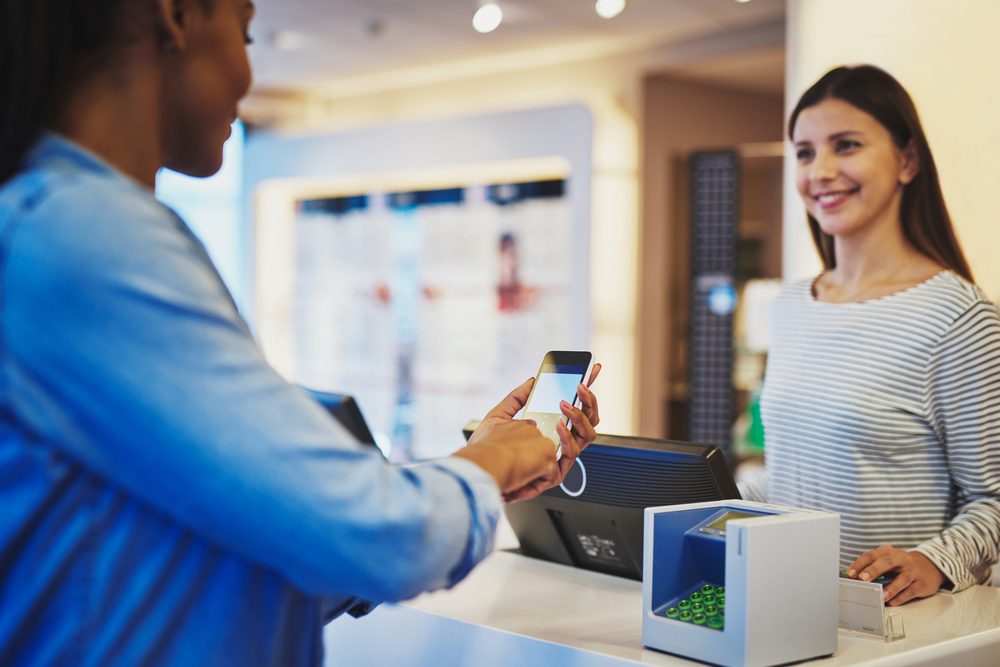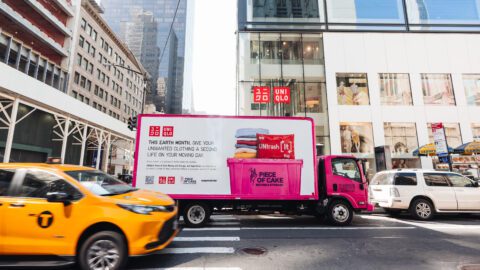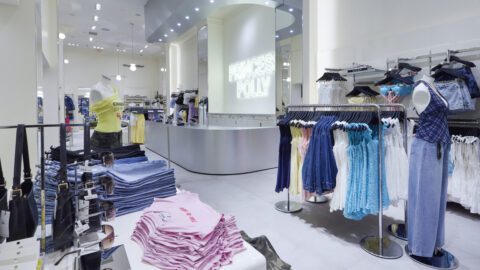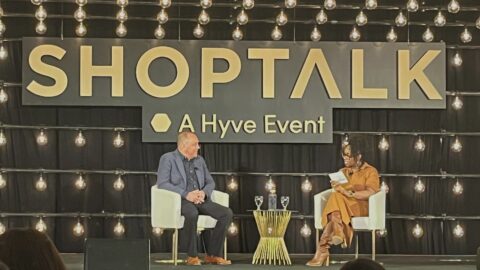The desire to increase customer loyalty is a prime motivator not only in the retail industry but throughout the business world: 72% of companies across 12 industries said that optimizing customer loyalty is a top-five priority of senior management at their organization this year, according to the Beyond Rewards: Raising The Bar On Customer Loyalty study by Harvard Business Review and Mastercard. Companies are devoting more resources to loyalty rewards in large part because they are asking loyalty programs to do more than just boost sales: 57% of respondents said that forging emotional connections is a primary reason for investing in customer loyalty initiatives.
“A lot of it is really wanting to transmit to the consumer that they mean something to you as a brand,” said Francis Hondal, President of Loyalty & Engagement at Mastercard in an interview with Retail TouchPoints. “That sense of personalization we all talk about is created by those small gestures and small areas of recognition that make the consumer feel special and recognized for their loyalty.”
Points programs and birthday gifts are a starting point, but the most effective loyalty programs are about creating a sense of exclusivity and making shoppers feel like they’re being rewarded above and beyond the absolute basics. These don’t have to be grand gestures — it’s just about making sure the customer feels recognized for their business.
“In the retail space, there are just so many opportunities for you to surprise and delight a consumer during the shopping experience itself,” said Hondal. “Whether they’re shopping online or in-store, you can offer benefits such as special access to store hours or promotions, or even something as simple as free shipping. If they shop online and pick up in-store, then you might give them something special in addition to what they purchased, like a cup of coffee.”
Advertisement
Shoppers Know What Shoppers Want
Of course, it’s one thing to come up with unique loyalty benefits, and another thing entirely to ensure those benefits actually resonate with core shoppers. Pinpointing the perfect loyalty offerings means retailers need to have a fundamental understanding of the consumers they’re looking to attract — down to their specific wants, needs and lifestyles, according to Hondal.
“I think it’s really important to speak to the consumer and have the voice of the consumer be a direct influence in how you’re reshaping your loyalty program, validating what’s meaningful, what’s creating engagement, and frankly, what insights they can give you, even in terms of how your program works,” said Hondal. “It’s not necessarily always just about how much you’re giving the program from a value perspective, but also, how is it creating engagement between that consumer and your brand?”
Some of the top resources companies use to achieve a better understanding of what shoppers want out of a loyalty program include:
- Consumer surveys (used by 54% of respondents);
- Consumer purchase history (52%);
- Net promoter scores (41%); and
- Focus groups (40%).
Retailers also rely, to a greater extent than other companies, on past purchase data (used by 74% of retailer respondents) and web browsing data (33% vs. 22% for other industries). Overall, industry players also are digitizing their loyalty programs at higher rates: 59% say they’ve recently made, or plan to make, digital investments to improve their loyalty programs. Companies are using these advanced tools to track customer retention (70%), revenue per customer (46%) and percentage of rewards redemptions (43%).
Stand Out, But Stay Simple
Determining the right loyalty incentives is only part of the process — retailers also need to develop a set of standout benefits that don’t disrupt the mantra of “simple to earn and simple to spend.” Even a generous, personalized rewards program can fall flat on its face if it’s too complicated to understand or it takes too long to sign up.
However, the definition of “simple” isn’t universal. Different retailers can allow different levels of complexity in their final offering. Once again, it all comes down to understanding the shopper and what they want from their relationship with the brand, then moving forward from there.
“Simple is relative to who you are: if you’re an airline program, then simple may be delivered in a specific way because your interactions with consumers are infrequent,” said Hondal. “A daily spend retailer like a grocer, gas station or some clothing lines is very different. I think simplicity has to be defined relative to your consumer journey and your consumer experience.”
Loyalty Programs Should Align With The Retailer’s Brand Image
All successful loyalty programs do share one aspect in common: they reflect the retailer and its values. Whether the programs emphasize discounts or experiences, the goal should always be a program that fits the overall brand message. That’s because loyalty isn’t just about encouraging shoppers to cash in their rewards — it’s about connecting them to the company.
“It’s really about offering differentiated benefits based on consumer relationships,” said Hondal. “That’s going to differ from consumer to consumer, so you definitely don’t want to have one blanket program that is not awarding or recognizing the unique relationship that you have with a specific group of consumers. There are certainly segments that you want to identify that have special preferences, and you want to create a program that most recognizes them and engages them. This is all about creating stronger emotional connections with your brand, and ultimately it’s about having those consumers engage with you more and more over time.”















